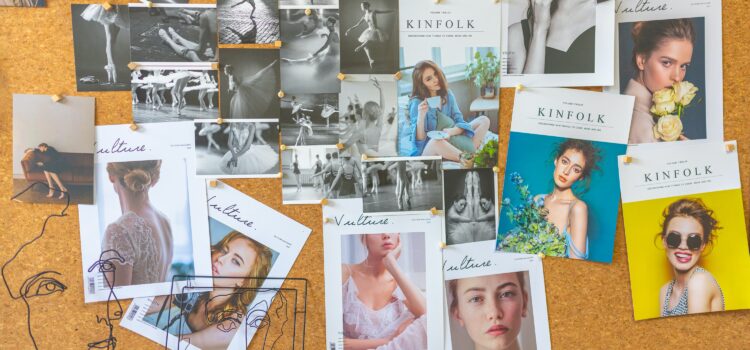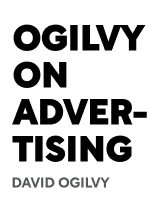

This article is an excerpt from the Shortform book guide to "Ogilvy On Advertising" by David Ogilvy. Shortform has the world's best summaries and analyses of books you should be reading.
Like this article? Sign up for a free trial here .
Why is ad imagery important? How can you create the best ads using ad imagery?
Ad imagery refers to the graphics or photos in an ad. Imagery is often the first thing people connect with in an ad, so it’s important to make sure you have great ad imagery.
Read more about ad imagery and how to successfully create an ad.
What is Ad Imagery
Good ad imagery is more expensive, but it’s worth the investment because it sells more.
Tip #1: Choose a good subject for a photo or image. Ideally, pick something that makes a reader curious or starts a story. If readers have questions about a photo, or the story it starts, they’ll read your ad to find answers. If your product doesn’t suggest a story, make the product itself the central image. Either way, make sure it’s clear what the subject of the photo is.
- For example, an ad for shirt manufacturer Hathaway had the subject wearing an eyepatch, which created story appeal by making the viewer wonder what the story behind it was:
[image] oglivy-hathaway.png
Tip #2: Focus the image on one person. People are more interested in close-ups than in crowd scenes. This is a good rule for ad imagery.
Tip #3: Use before-and-after photos. When Gallup studied 70 campaigns that used these types of photos, all of them increased sales.
Tip #4: Use photos instead of drawings. Photos are more credible, easier to remember, and increase readership. There are two exceptions:
- If you’re advertising in a newspaper with low-quality printing, you might try a line drawing instead.
- If something is impossible to photograph (like a cross-section of a product), use drawings if the image is crucial.
Tip #5: Use photos of well-known characters from your TV ads. This will help people remember your print ads.
Tip #6: Don’t enlarge human faces. Readers find this creepy.
Tip #7: Don’t use historical subjects. Most readers find them boring.
Tip #8: Don’t assume everyone shares your interests. Your own experiences will make you think things are interesting that other people couldn’t care less about.
- For example, because Ogilvy was a chef, he thought everyone was interested in chefs, so he included them in an ad. It turned out that his target audience, homemakers, wasn’t interested in chefs.
Tip #9: For consumers, use universally loved images, such as images of cute babies or animals, or sexy images (but don’t be gratuitous). Don’t do this in business advertising—you don’t have to catch people’s attention in business advertising because they intentionally look at ads. While a business product may seem boring to a copywriter, it might be interesting to a company because it’s exactly what they need to solve their problem.
- For example, chemical company Hercules ineffectively used a photo of women dancing, when it should have focused on the copolymers it advertised:
[image] ogilvy-hercules.png
Tip #10: Be culturally sensitive. Choose images that are appropriate for the target audience’s sensibilities. For example, few Parisians are offended by images of half-naked women, but a subway ad of a topless woman probably wouldn’t go over well in South Dakota.
Tip #11: Use images of the people who resemble your target audience. This will make people of that audience pay more attention because the person in the ad is relatable.
- For example, if your product is aimed at men, use an image of a man.
Tip #12: *Print in color. In consumer publications, printing in color is half again more expensive than black and white, but 100% more memorable. In business publications, color is only a third again more expensive and doubles your readership.
Tip #13: If the client doesn’t like your ad, first, try enlarging their logo. Next, use an image of their workplace. Only as a last resort use a photo of the client.
Tip #14: When using images of food, show the final dish, not the ingredients. More people will read the ad if the photo is of the finished product.

———End of Preview———
Like what you just read? Read the rest of the world's best book summary and analysis of David Ogilvy's "Ogilvy On Advertising" at Shortform .
Here's what you'll find in our full Ogilvy On Advertising summary :
- What the "father of advertising" has learned from his decades' of experience
- How to craft easy-to-understand ads that work
- The 6 pioneers of the advertising industry






